19 Everyday Foods Disappearing From Shelves Due To Tariffs
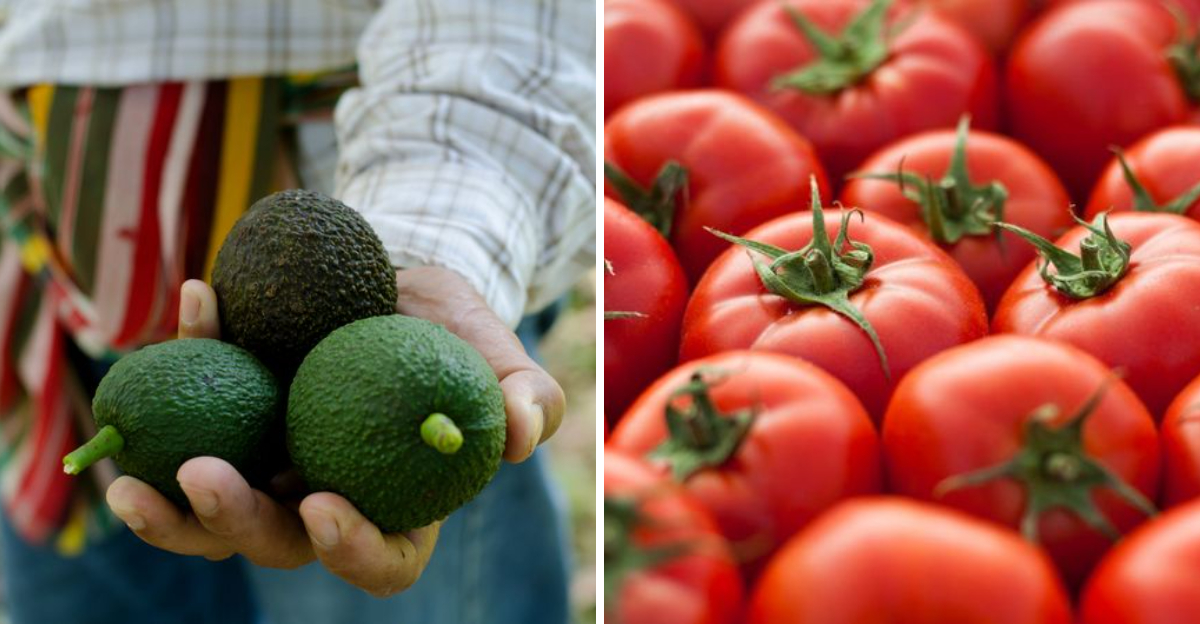
Discover how tariffs are causing everyday foods to vanish from store shelves. From avocados to beef, these 19 items are becoming scarce and pricier, impacting your grocery shopping experience.
1. Avocados
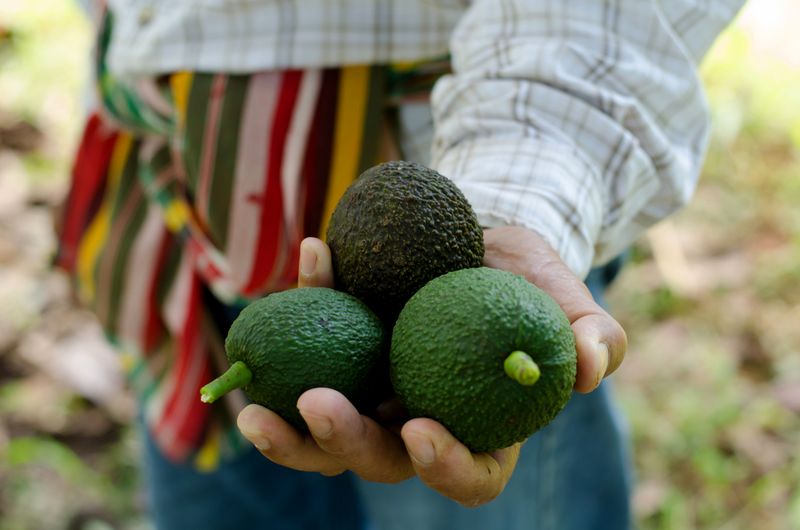
Avocados, once a staple in many households, are now facing scarcity. Imported primarily from Mexico, these creamy, nutrient-rich fruits have become more expensive due to recent tariffs. The cost increase is most noticeable outside the peak season when prices are already elevated.
You might find fewer avocados on the shelves, and those available might be pricier than usual. This change has affected restaurants and home kitchens alike, limiting options for dishes like guacamole and avocado toast.
The ripple effect of tariffs extends beyond cost, impacting availability and freshness.
2. Olive Oil
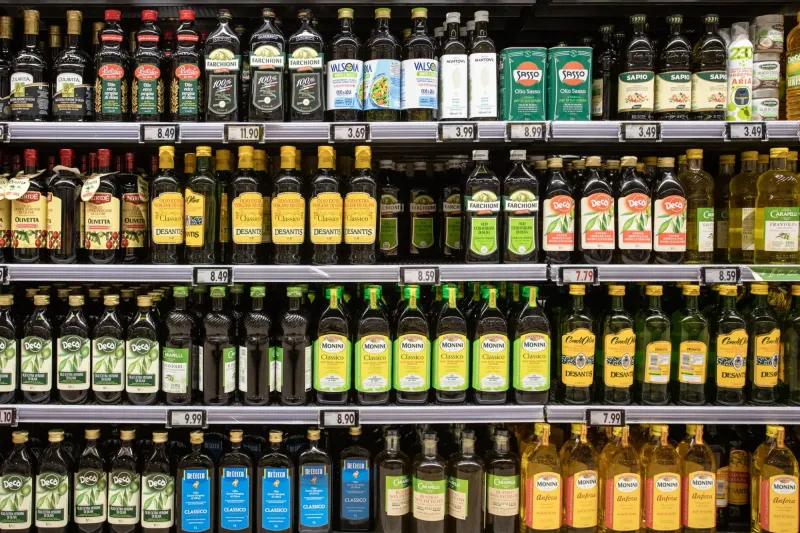
Olive oil, the golden nectar of Mediterranean cuisine, is experiencing a supply crunch. With Spain and Italy under tariff pressure, this kitchen staple’s availability has decreased while prices have soared.
The European Union’s main producers are struggling to maintain export levels, leading to a noticeable scarcity in supermarkets. For home cooks and chefs alike, this means reconsidering recipes or finding alternatives.
Olive oil lovers are feeling the pinch, as their beloved ingredient becomes a luxury item rather than a pantry staple.
3. Almonds
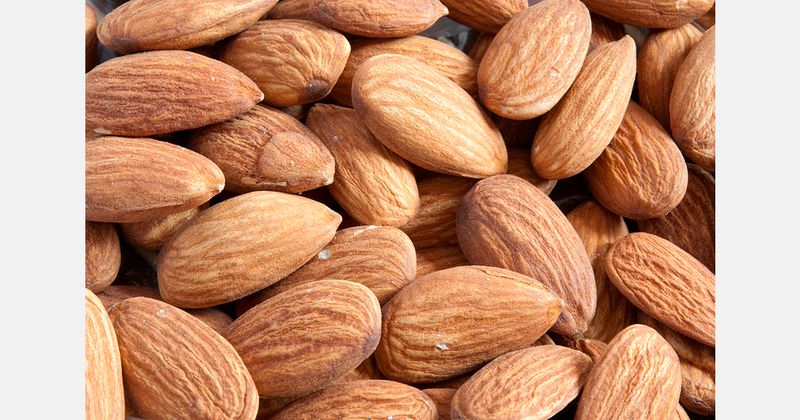
Almonds, once bountiful and affordable, are now a luxury for many. With the U.S. facing retaliatory tariffs, almond exports have been hit hard. This has a direct impact on supply in local stores, making these nutritious nuts less accessible.
The price increase is affecting everything from baking to snacking habits, as consumers reconsider their almond usage.
For those who rely on almonds for their health benefits, this is a significant change. The tariff situation has created a challenging environment for almond enthusiasts.
4. Coffee
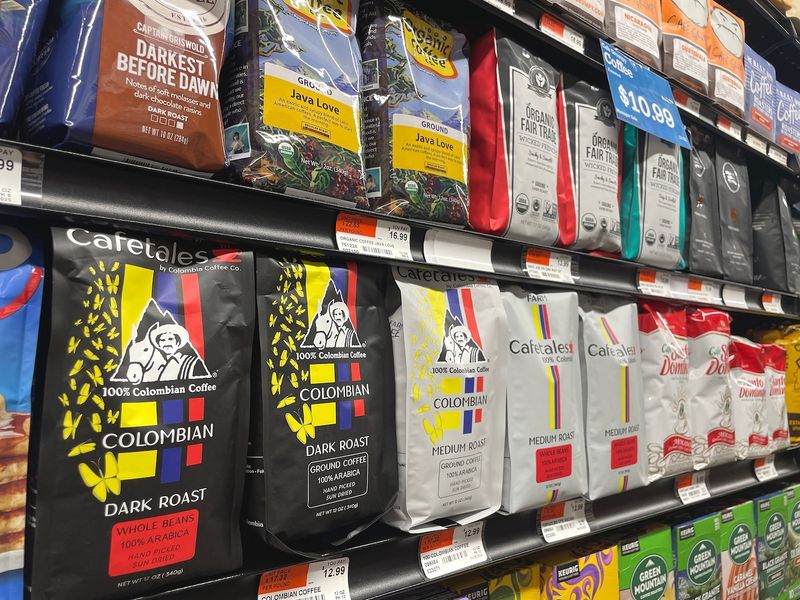
Coffee, the lifeblood of many morning routines, is under threat from tariffs. Beans from major producers like Brazil, Colombia, and Vietnam have been hit, leading to price hikes and supply issues.
As tariffs impact trade, coffee lovers are noticing both their wallets and caffeine fix suffer. The availability of certain blends and brands has diminished, leaving consumers scrambling for alternatives.
Tariffs have added yet another challenge for coffee aficionados, who now face difficult choices at their local café or grocery store.
5. Shrimp and Tilapia

Seafood lovers are noticing a distinct lack of shrimp and tilapia in their favorite markets. These popular seafood choices are now coming with a higher price tag due to tariffs on Southeast Asian imports.
The increased costs have made these items less accessible for consumers, who might find empty spots in the frozen aisle where these seafood staples once were.
For families and restaurants alike, the scarcity of shrimp and tilapia is prompting changes in menu planning and dietary choices.
6. Tomatoes
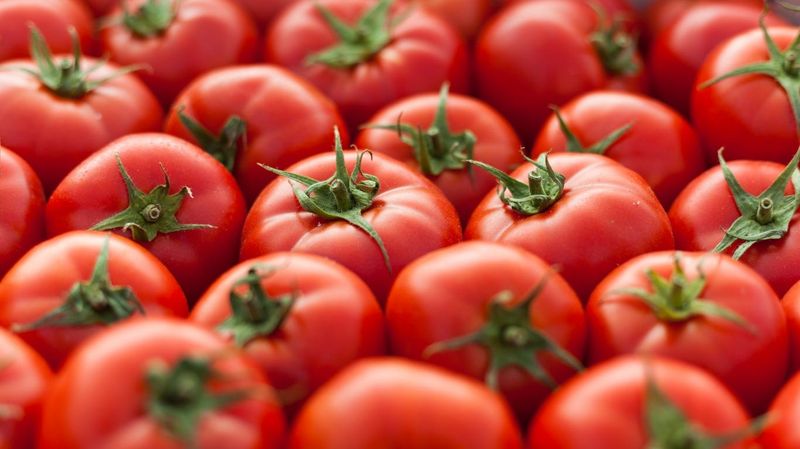
Tomatoes, a kitchen essential, are becoming a rare find due to tariffs on Mexican imports. From Roma to cherry tomatoes, these juicy fruits are seeing higher prices and lower availability.
Shoppers are feeling the impact as tariffs raise costs, affecting everything from salads to sauces. The supply chain disruptions have left gaps on store shelves, forcing consumers to adjust their shopping lists.
For those who cherish the flavor of fresh tomatoes, this is an unwelcome change driven by complex trade dynamics.
7. Jasmine and Basmati Rice
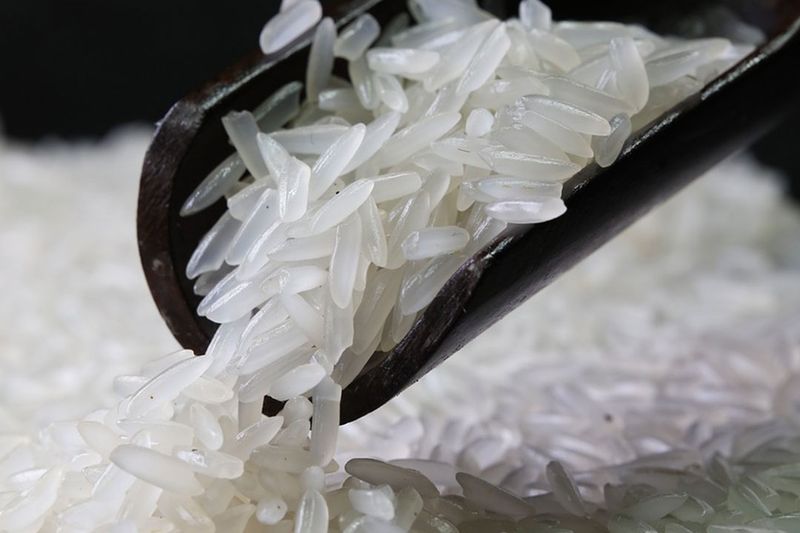
Rice varieties like jasmine and basmati, known for their aromatic and fluffy grains, are seeing reduced availability. Tariffs on imports from Thailand and India have resulted in higher prices, causing many stores to limit options.
Consumers are facing tough choices, as their favorite rice dishes become more costly to prepare. The shift in supply dynamics is affecting cultural cuisines that rely heavily on these specific rice types.
With tariffs impacting trade, rice lovers are navigating through a narrowing selection in stores.
8. Spices
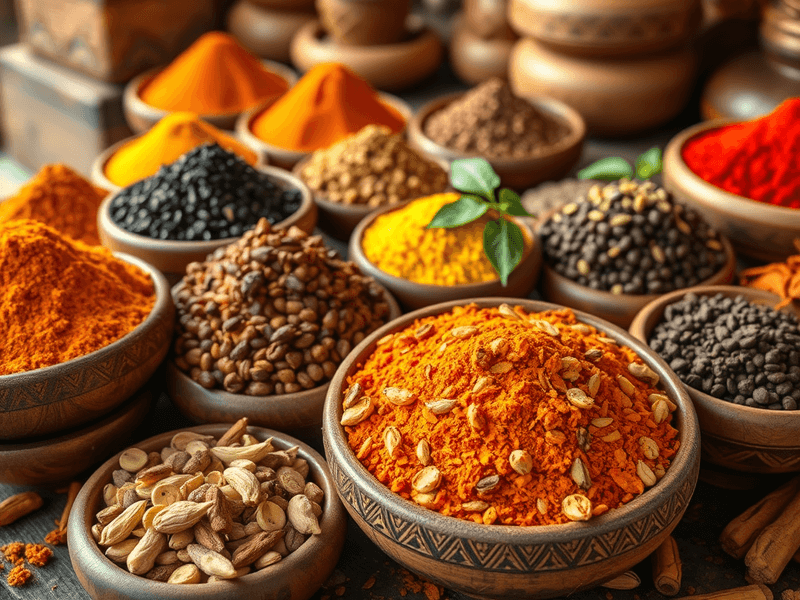
Everyday spices, from cumin to turmeric, have become pricier and harder to find. Tariffs on countries known for spice exports are making common seasonings scarce, impacting kitchens worldwide.
For many, this means reconsidering recipe flavors or seeking domestic alternatives. The increased costs have ripple effects, influencing everything from home cooking to restaurant menus.
Fans of bold and exotic flavors are feeling the pinch, as their go-to spices become a costly indulgence rather than an everyday staple.
9. Apple Juice
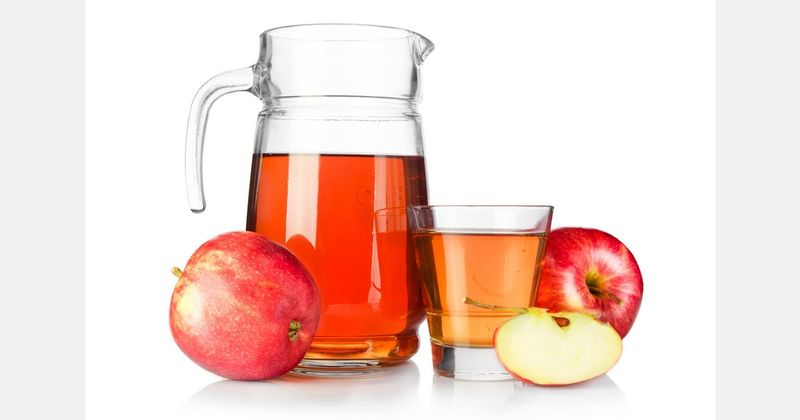
Apple juice, a childhood favorite, is becoming less affordable and available. Previously sourced largely from China, tariffs have drastically increased prices and thinned out supplies.
Families are noticing the changes in their shopping aisles, as this once-plentiful beverage becomes a luxury for some. The loss of affordable apple juice is felt deeply in households with children who enjoy it regularly.
Tariffs have transformed what was once a staple into a more occasional treat, impacting breakfast tables across the nation.
10. Wine
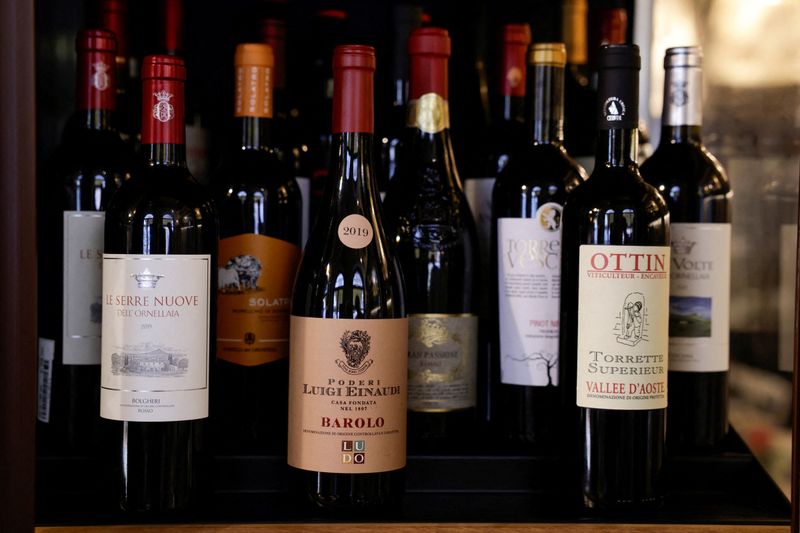
Wine enthusiasts are facing a sobering situation as European wines are hit with import duties. Shelves are now less stocked with bottles, particularly those priced under $15.
Tariffs have made it difficult for wine lovers to enjoy their favorite vintages without a significant price increase. The impact is particularly noticeable for casual consumers who prefer affordable options.
For those who value the rich history and flavors of European wines, this tariff-induced scarcity is a bitter pill to swallow.
11. Sugar

Sugar, a hidden component in many foods, is facing cost increases due to tariffs on raw and refined imports. This has affected everything from sweetened beverages to baked goods.
Consumers are seeing price hikes in products containing sugar, prompting reconsideration of purchases or recipe adjustments. The subtle but widespread impact of tariffs on sugar is reshaping shopping habits.
For those with a sweet tooth, the tariff challenges bring a bitter reality to their love of sugary treats.
12. Soybeans
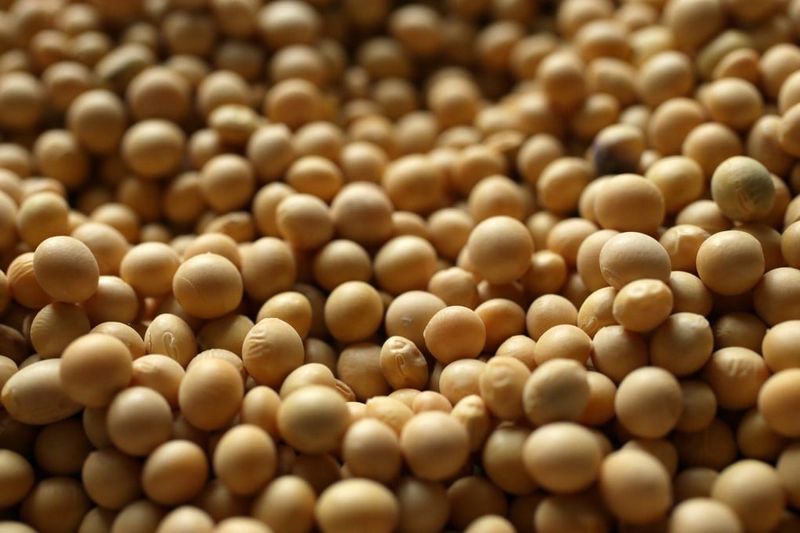
Soybeans, a versatile ingredient in many processed foods, are experiencing tariff-related disruptions. The tariffs have led to increased production costs, which are reflected in consumer prices across various food categories.
The changes are impacting everything from meat substitutes to sauces, as soy derivatives are common in many products. Consumers are noticing the difference in their grocery bills, as these increases become more pronounced.
For those reliant on soy-based foods, adjusting to the new price landscape is an ongoing challenge.
13. Wheat
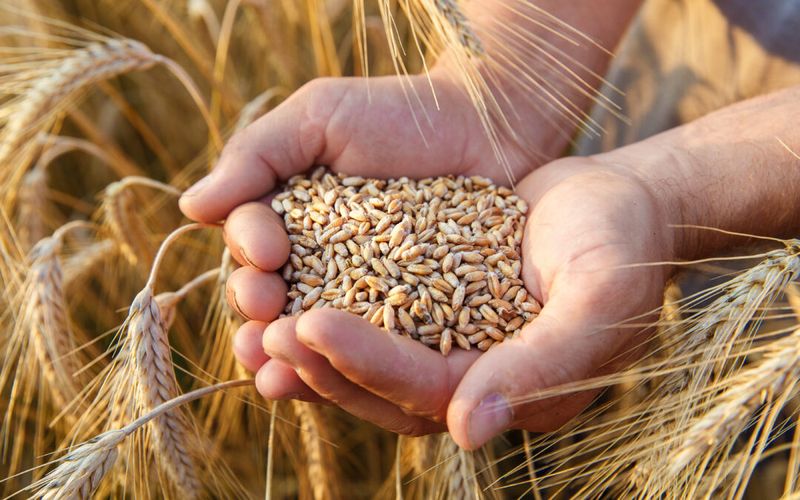
Wheat, a cornerstone of many diets, is facing higher costs and reduced availability due to import tariffs. This has had a direct impact on basic staples like flour, bread, and pasta.
Consumers are finding themselves spending more on these essentials, which affects meal planning and grocery budgets. The ripple effect of tariffs on wheat is reshaping the landscape of affordable dining options.
For many, this change underscores the global connections in our daily bread, as tariffs alter the landscape of food access.
14. Bananas
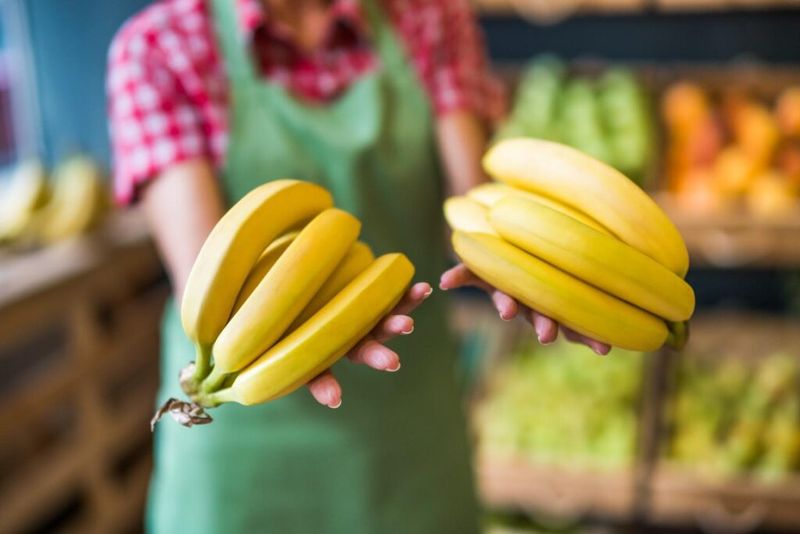
Bananas, a beloved snack and smoothie ingredient, are feeling the squeeze of tariffs and supply chain costs. These factors have made bananas more expensive and less consistently available in certain areas.
Stores are grappling with increased costs and supply challenges, which are passed on to consumers. The once-simple pleasure of a banana is now a more costly endeavor for many.
For fans of this tropical fruit, these changes require adjusting expectations and consumption habits.
15. Oranges

Oranges, synonymous with freshness, are becoming more expensive and scarce due to domestic tariffs. These tariffs, combined with weather-related shortages, have driven up prices for both fresh oranges and orange juice.
Consumers are adjusting as the cost of their morning juice rises, affecting breakfast routines. The combination of tariff pressure and environmental factors has created a complex situation for citrus lovers.
For those who enjoy a daily dose of vitamin C, this reality is a challenging shift.
16. Cheese
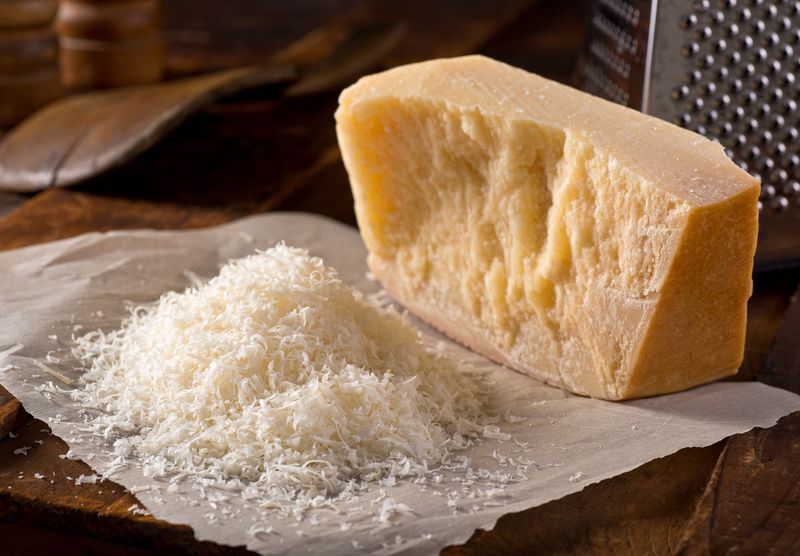
Cheese lovers are facing a dilemma as tariffs affect imported varieties like Parmesan and Brie. These cheeses are either being priced out of reach or disappearing from shelves altogether.
The increased costs are reshaping cheese boards and culinary creations, as consumers seek domestic alternatives or reconsider their purchases. For many, the loss of these iconic cheeses is a significant blow to culinary diversity.
As tariffs reshape the cheese landscape, fans of imported flavors are feeling particularly impacted.
17. Eggs

Egg prices have risen not only because of tariffs on packaging materials like metal and plastics but also due to broader supply chain issues. This increase has indirectly affected availability and cost in stores.
Consumers are noticing the change as eggs become a pricier addition to their grocery lists. The impact is felt in households and restaurants, where eggs are a fundamental ingredient.
For those who rely on eggs as a protein source, the tariff-induced changes are a challenging new reality.
18. Chicken
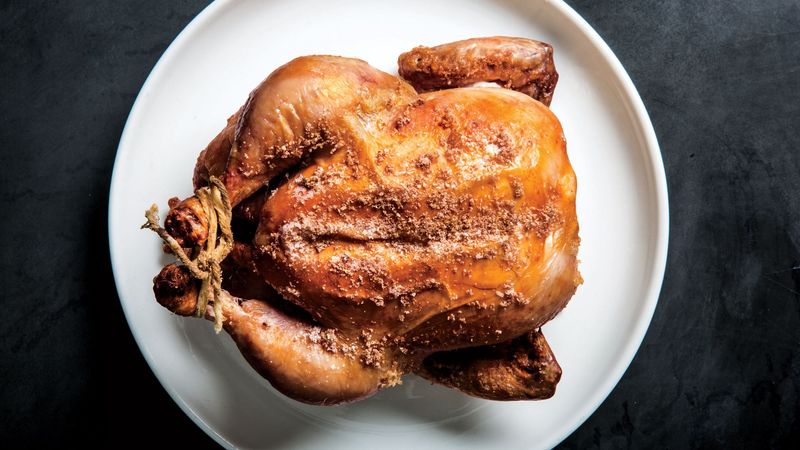
Chicken, a staple protein for many, is facing challenges due to increased feed costs. These costs stem from tariffs on grain imports, which are hitting poultry production hard.
As feed prices rise, so do the costs passed on to consumers, making chicken a more expensive option at the grocery store. The impact is widespread, affecting everything from family dinners to restaurant menus.
For those who depend on chicken as a dietary staple, this is a significant adjustment.
19. Beef
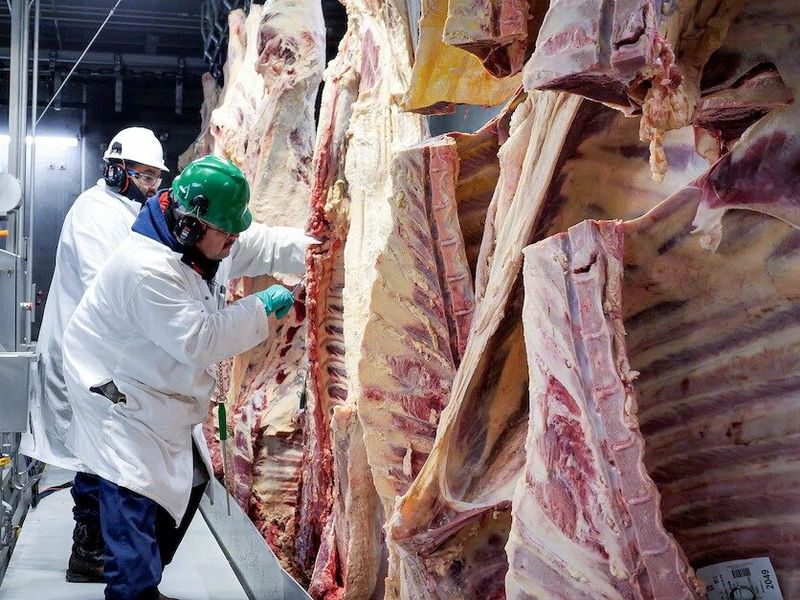
Beef, a favorite for many, is facing availability and cost challenges due to tariffs on exports and feed. These tariffs are making it tougher to keep beef affordable and widely stocked.
The increased prices are noticeable in everything from steaks to ground beef, prompting many to reconsider their purchasing decisions. For beef lovers, this means adjusting their expectations and exploring alternatives.
The tariff situation has created a complex landscape for those who enjoy beef, reshaping both budgets and meal planning.
